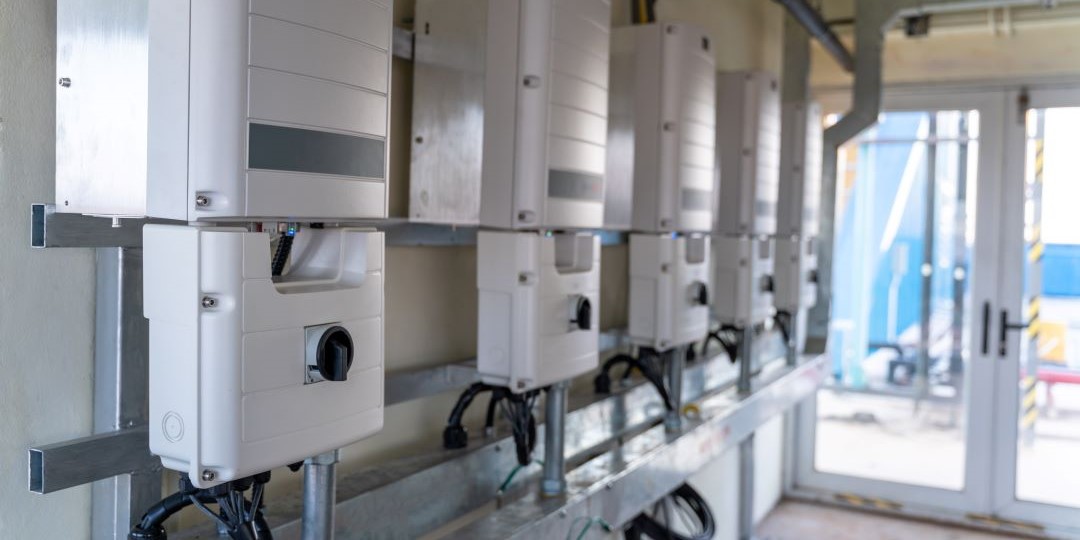By William White, NERC Sr Reliability Specialist
As demand for renewable energy resources increase, the effects and inherent risk to the Bulk Power System (BPS) increases as well. As the North American Reliability Corporation stated the rapid interconnection of BPS-connected Inverter based resources “is the most significant driver of grid transformation and poses a high risk to the BPS reliability.” Utilizing renewable energy has a great upside but the electrical industry needs to understand the positive and negative drivers and what Standards and Requirements need to be implemented to stay ahead of any adverse long-term effects to the BPS and its consumers.
Before we can move forward with the impact of Inverter Based Resources (IBR) and what will need to be done to support them, we must first understand what an IBR is. According to the EE Power School, “An inverter-based energy resource is a device that converts DC (direct current) electricity generated from renewable sources like solar panels or wind turbines into AC (alternating current) electricity. This AC electricity can then be used to power homes and businesses or fed back into the grid.” With this definition this gives us a better understanding of the difference from the natural gas and coal-fired Facilities we are comfortable and familiar with. We as an industry can now take this information and create logical questions and inquiries to improve technological advances and lower the inherent risk and adverse effects to the already fragile BPS.
The North American Electrical Reliability Corporation (NERC) has been an industry leader in driving for better reliability and stability of the IBR. NERC understands the gaps in Standards and Requirements for IBR create a large risk to the BPS. NERC started with creating an Inverter-Based Resource Strategy. This strategy that spans incidents from 2017 to 2022 helps address issues with the reliability of IBR.
Fast forward to February 2023. NERC has created and submitted to the Federal Energy Regulatory Commission (FERC) a work plan to register IBR “According to the following concept:
Generator Owner – Inverter-Based Resource (GO-IBR):
- Owners of IBRs which have aggregate nameplate capacity of less than or equal to 75 MVA and greater than or equal to 20 MVA interconnected at a voltage greater than or equal to 100 kV; or
- Owners of IBRs which have aggregate nameplate capacity of greater than or equal to 20 MVA interconnected at a voltage less than 100 kV.
Under these new criteria, IBR visibility would increase from approximately 14% to 98% and IBR that once were not required to register will now be obligated to become a NERC Registered Facility and be required to comply with NERC Reliability Standards.
Looking forward for the power industry we should feel more secure about the direction NERC is taking us for IBR reliability. IBR will need to step up their game and play ball with the rest of the industry to support the stability of the BPS. Considering that many IBR have already adopted IEEE 1547 and IEEE 2800, the transition to a NERC Registered Entity should be a little easier. The end game of BPS reliability should be the same for power producing facilities and that can only be measured with knowledge and oversight.











